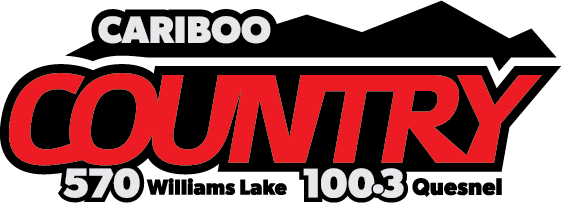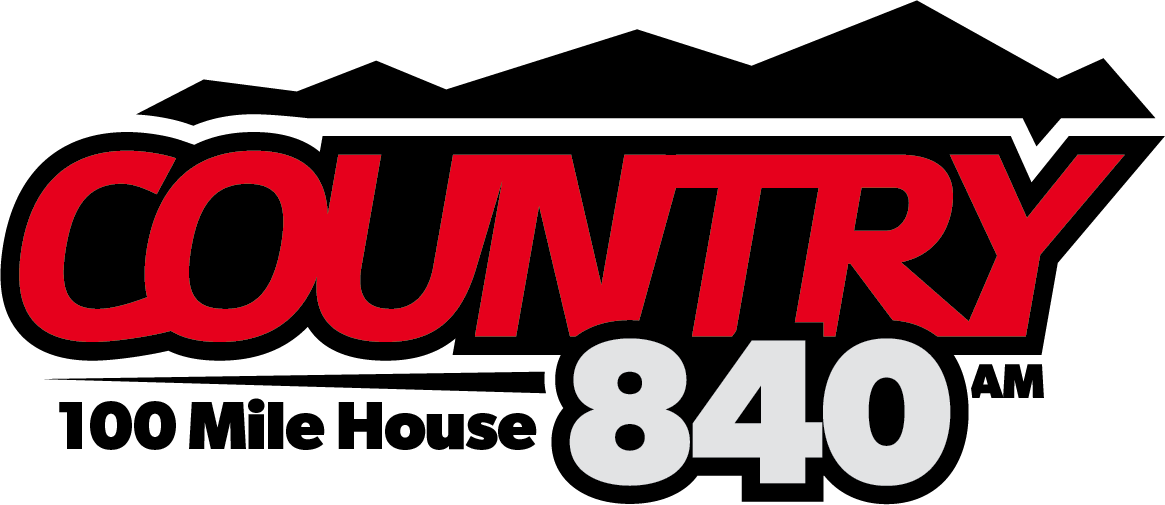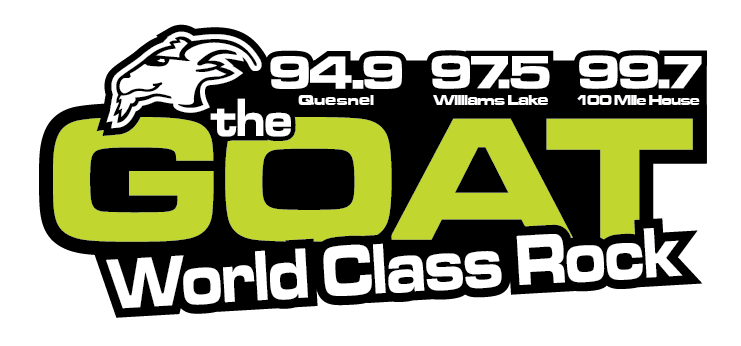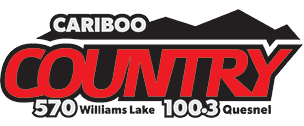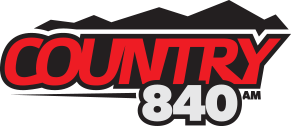Lisa Lapointe, the Chief Coroner with the BC Coroners Service, says illicit drugs can be found anywhere in the province, but she says the numbers for 100 Mile House in the first four months of this year were quite high for such a small community.
Here, she goes over the numbers for the Cariboo region.
“Quesnel, there was one, so far in 2021 one suspected illicit drug toxicity death. 100 Mile House, we have seen five so far this year. We don’t have health areas specific information for Williams Lake, but Williams Lake is part of the Thompson-Cariboo-Shuswap health delivery area, and 44 deaths for that area,
100 Mile House is also part of the Thompson-Cariboo-Shuswap area.
Lapointe says Northern Health continues to have the highest rate of fatalities due to drug toxicity in the province.
“The provincial average is 39 deaths per 100 thousand. The Northern Health Authority has experienced 50 deaths per 100 thousand, and that’s a really sad number. The Interior Health Authority is at 37.8 deaths per 100 thousand for 2021.”
Lapointe says the problem is getting worse and not better, and she says both Northern Health and Interior Health are on a pace to break the old records that were set last year.
“If these numbers continue these would be the highest number of deaths we’ve seen in Interior Health Authority since the health emergency started. Northern Health as well. There were 130 deaths in Northern Health last year, and that was the previous highest number. There were 284 deaths in Interior Health in 2020.”
As for why the numbers are so high in the Cariboo region, Lapointe says there are a couple of reasons.
“Where it seems to be more problematic is areas where not as many services are available. We know from talking to those that have lived in living experience, that sometimes small towns can be very challenging in terms of stigma and fear of reaching out, not wanting to be known to be using substances, you know being shunned.”
Lapointe says that can be a barrier for people who seeking treatment of services, or seeking Naloxone, or prescribed pharmaceuticals.
Something going on in the Cariboo you think people should know about?
Send us a news tip by emailing [email protected].

